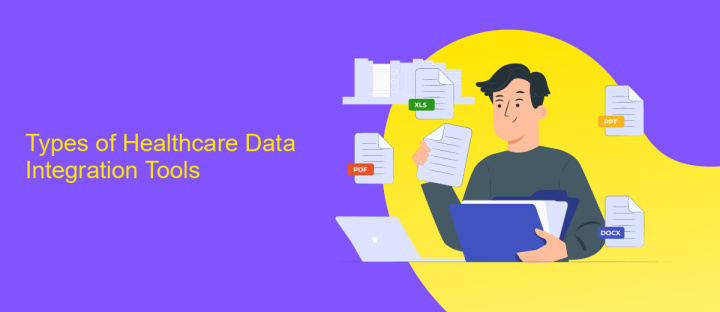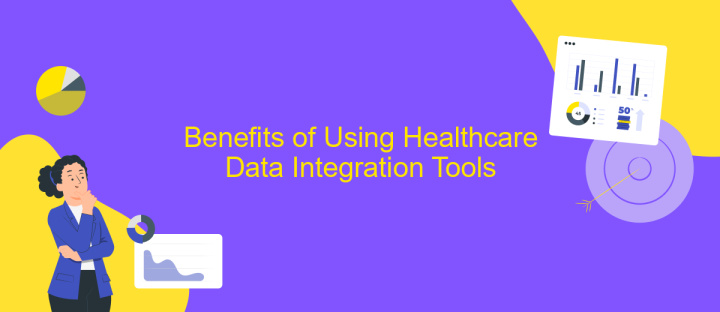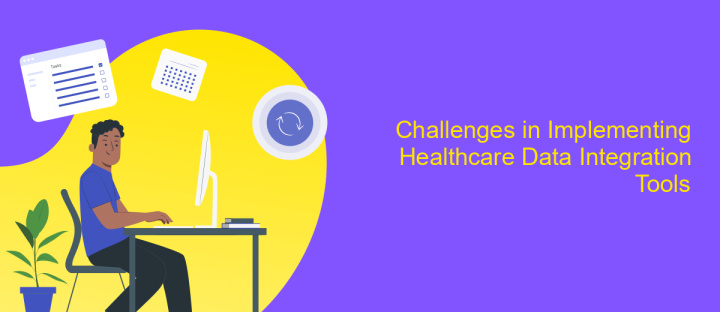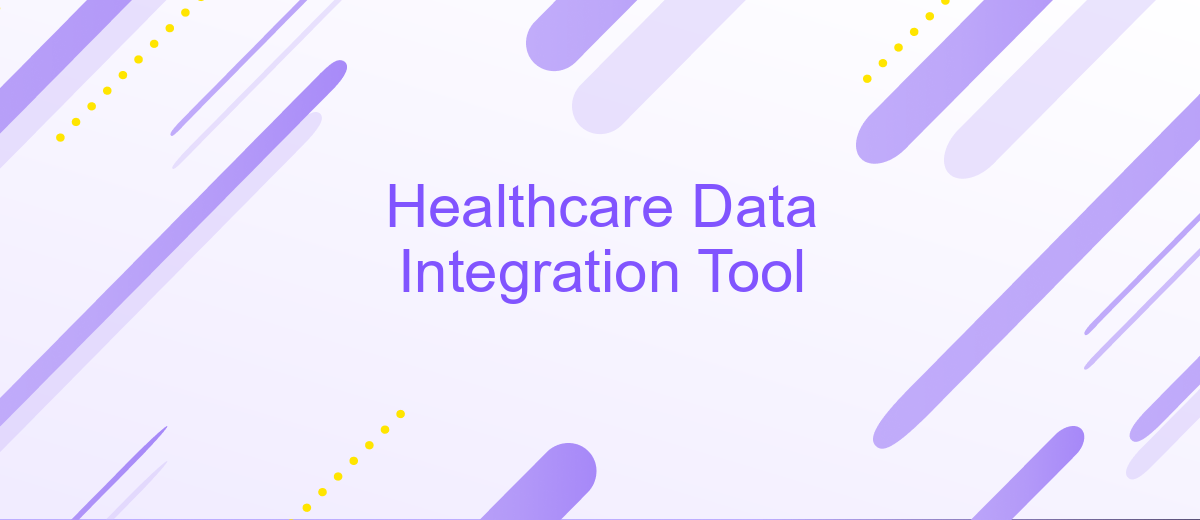Healthcare Data Integration Tool
In today's rapidly evolving healthcare landscape, the seamless integration of data is crucial for enhancing patient care and operational efficiency. A robust Healthcare Data Integration Tool can bridge the gap between disparate systems, enabling real-time access to comprehensive patient information. This article explores the essential features, benefits, and implementation strategies of an effective data integration solution for healthcare providers.
Introduction
The rapid advancement of technology in the healthcare sector has led to the generation of vast amounts of data. This data, originating from various sources such as electronic health records (EHRs), medical imaging, and wearable devices, holds immense potential for improving patient care and operational efficiency. However, the challenge lies in integrating these disparate data sources into a cohesive and accessible format. A robust healthcare data integration tool can bridge this gap, enabling seamless data flow and comprehensive analysis.
- Centralized data repository for unified access
- Interoperability with various healthcare systems
- Enhanced data security and compliance
By leveraging a healthcare data integration tool, healthcare providers can ensure that critical patient information is readily available, facilitating timely and informed decision-making. Additionally, such tools can aid in predictive analytics, population health management, and personalized medicine, ultimately leading to improved patient outcomes and operational efficiencies. As the healthcare industry continues to evolve, the integration of data will play a pivotal role in shaping its future.
Types of Healthcare Data Integration Tools

Healthcare data integration tools come in various forms, each designed to meet specific needs within the healthcare industry. One common type is the Electronic Health Record (EHR) integration tool, which consolidates patient data from multiple sources into a single, accessible record. These tools often include features for data normalization, ensuring that information from different systems is compatible and can be easily analyzed. Another type is the Health Information Exchange (HIE) platform, which facilitates the secure sharing of patient data between different healthcare providers, improving care coordination and patient outcomes.
Additionally, there are specialized tools for integrating wearable device data and remote patient monitoring systems, which are increasingly important for chronic disease management and telehealth services. Services like ApiX-Drive can be particularly useful in this context, offering a user-friendly platform for setting up and managing integrations between various healthcare applications without the need for extensive programming knowledge. By automating data flows, these tools significantly reduce manual data entry and the risk of errors, ultimately enhancing the efficiency and accuracy of healthcare delivery.
Benefits of Using Healthcare Data Integration Tools

Healthcare data integration tools offer numerous advantages for medical institutions, enhancing both operational efficiency and patient care. By consolidating disparate data sources into a unified system, these tools streamline workflows and provide a comprehensive view of patient information, enabling better decision-making and improved outcomes.
- Improved Data Accuracy: Automated data integration minimizes human errors, ensuring that patient records are up-to-date and accurate.
- Enhanced Patient Care: Integrated systems provide healthcare professionals with a holistic view of patient history, leading to more informed treatment plans.
- Operational Efficiency: Streamlined workflows reduce administrative burdens, allowing healthcare providers to focus more on patient care.
- Regulatory Compliance: These tools help institutions adhere to healthcare regulations by maintaining accurate and accessible records.
- Cost Savings: Efficient data management reduces operational costs and minimizes the need for redundant tests and procedures.
In conclusion, healthcare data integration tools are essential for modern medical practices. They not only improve the accuracy and accessibility of patient data but also enhance overall operational efficiency, leading to better patient outcomes and cost savings.
Challenges in Implementing Healthcare Data Integration Tools

Implementing healthcare data integration tools presents a range of challenges that can impede the seamless integration of diverse data sources. One of the primary obstacles is the variability in data formats and standards across different healthcare systems. This inconsistency makes it difficult to ensure interoperability and accurate data exchange.
Another significant challenge is the protection of patient privacy and data security. Healthcare data is highly sensitive, and integrating various data sources increases the risk of unauthorized access and data breaches. Ensuring compliance with regulations such as HIPAA adds another layer of complexity.
- Data format and standard inconsistencies
- Patient privacy and data security concerns
- Compliance with regulatory requirements
- High implementation costs
- Resistance to change among healthcare providers
Moreover, the high costs associated with implementing these tools can be a deterrent for many healthcare providers. Additionally, there is often resistance to change, as healthcare professionals may be accustomed to existing systems and workflows. Addressing these challenges requires a strategic approach and collaboration among stakeholders to ensure successful integration.


Future Trends in Healthcare Data Integration
The future of healthcare data integration is poised to be revolutionized by advancements in artificial intelligence (AI) and machine learning (ML). These technologies will enable more efficient data processing and real-time analytics, leading to improved patient outcomes and streamlined operations. Predictive analytics, powered by AI, will allow healthcare providers to anticipate patient needs and make data-driven decisions, ultimately enhancing the quality of care. Additionally, blockchain technology is expected to play a significant role in securing patient data and ensuring privacy, further bolstering trust in healthcare systems.
Another emerging trend is the increasing use of integration platforms like ApiX-Drive, which simplify the process of connecting disparate healthcare systems. These platforms allow for seamless data exchange between electronic health records (EHRs), laboratory information systems (LIS), and other healthcare applications. By automating data transfers and reducing manual input, ApiX-Drive and similar services can significantly reduce errors and save time for healthcare professionals. As the demand for integrated healthcare solutions continues to grow, such tools will become indispensable in creating a more connected and efficient healthcare ecosystem.
FAQ
What is a Healthcare Data Integration Tool?
Why is data integration important in healthcare?
How does a Healthcare Data Integration Tool work?
Can I automate data integration processes in healthcare?
What are the challenges of integrating healthcare data?
Apix-Drive is a universal tool that will quickly streamline any workflow, freeing you from routine and possible financial losses. Try ApiX-Drive in action and see how useful it is for you personally. In the meantime, when you are setting up connections between systems, think about where you are investing your free time, because now you will have much more of it.

